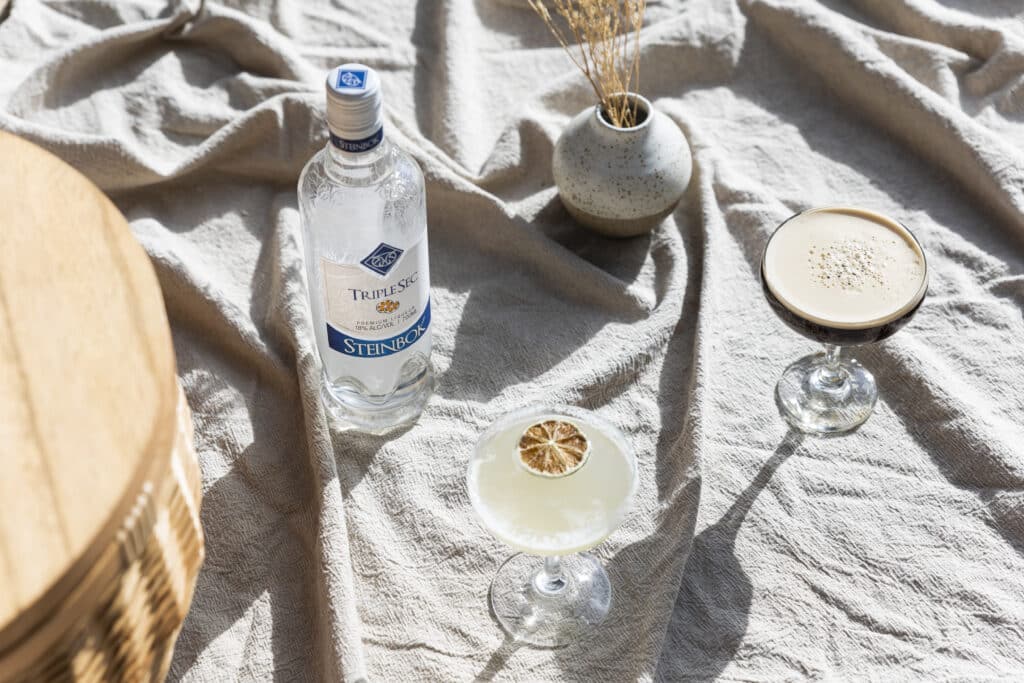Your cart is currently empty!
History and origin of Liqueurs
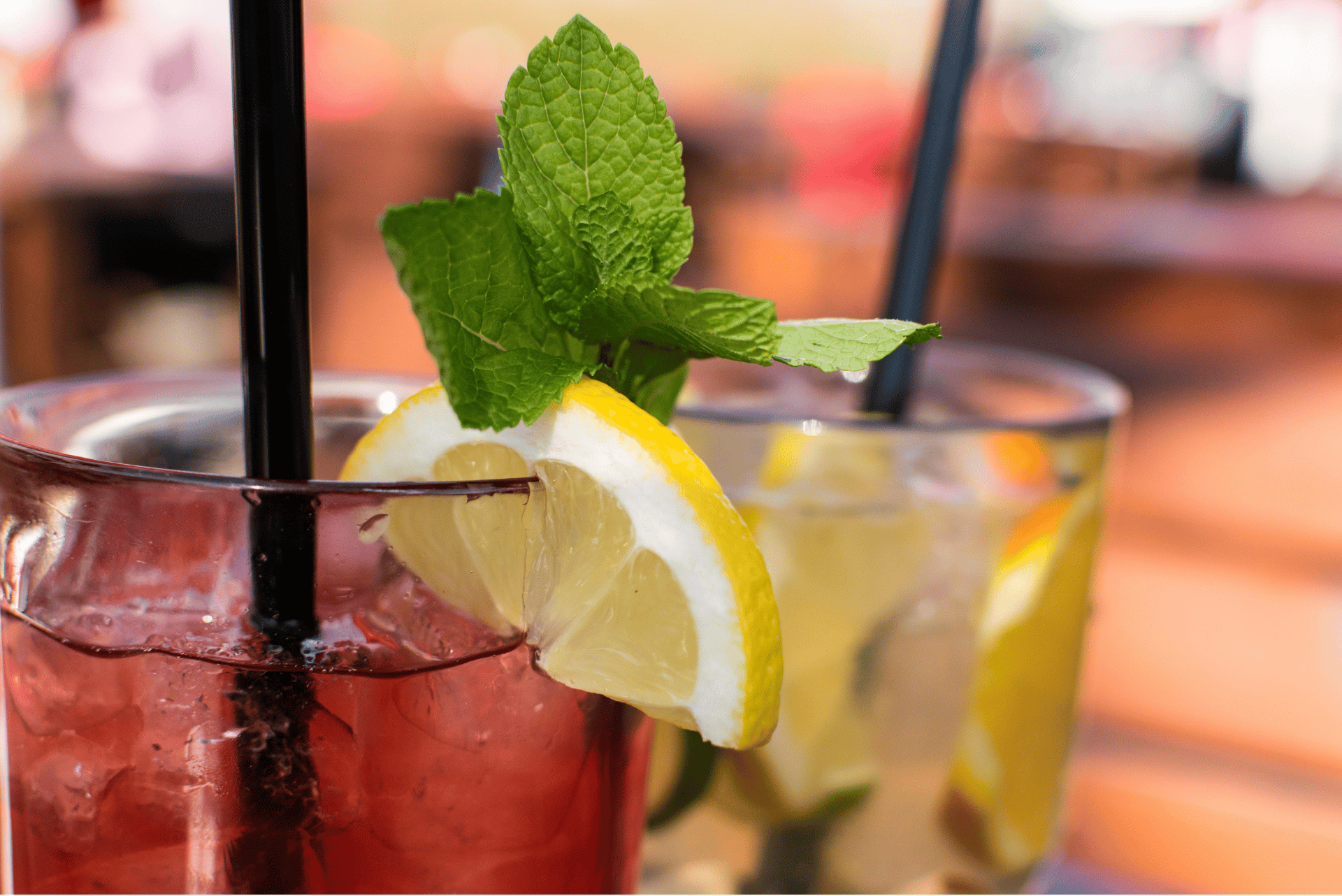
Liqueurs have been a popular drink for hundreds, and possibly thousands of years. They are as popular today as when they were first invented. From sipping one neat, or mixing one with your favourite cocktail, they can be enjoyed in almost too many ways to count.
But just when did liqueur burst onto the scene? Where were they first encountered? The answer just might surprise you!
Before we get into the origin of these tasty beverages, let’s tackle the question;
What is a liqueur?
A liqueur is sweetened alcohol of some type, usually brandy, that is flavoured with everything from herbs and spices, to nuts, seeds, and fruit.
Liquor vs Liqueur – what’s the difference?
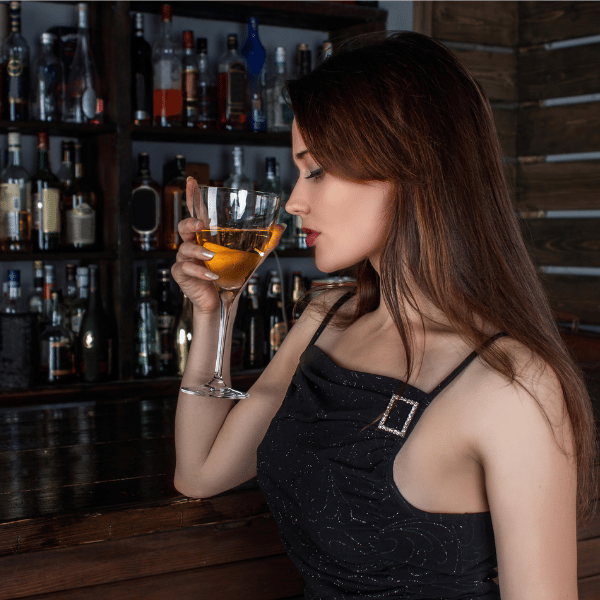
Both liquor and liqueur have a range of alcoholic content; liquor generally falls into the range of 40 – 55% alcohol by volume (ABV). Liqueur on the other hand and as mentioned previously tends to have more ingredients, therefore the alcohol content is generally lower. Most liqueurs generally have 15 – 30% ABV.
Some classic liquors that we all recognise would be Gin, Vodka, Rum and Tequila. Whereas some of the more popular liqueurs might be Kahlua, Baileys, and various flavours of Schnapps.
The lines are blurring somewhat these days with flavoured Rum, Vodka and Tequila hitting the scene. But a strong definition of a classic liqueur would still be the lower alcohol content, generally sweeter taste, and more syrupy texture. Of course, there are exceptions to every rule.
Where did liqueur first appear?
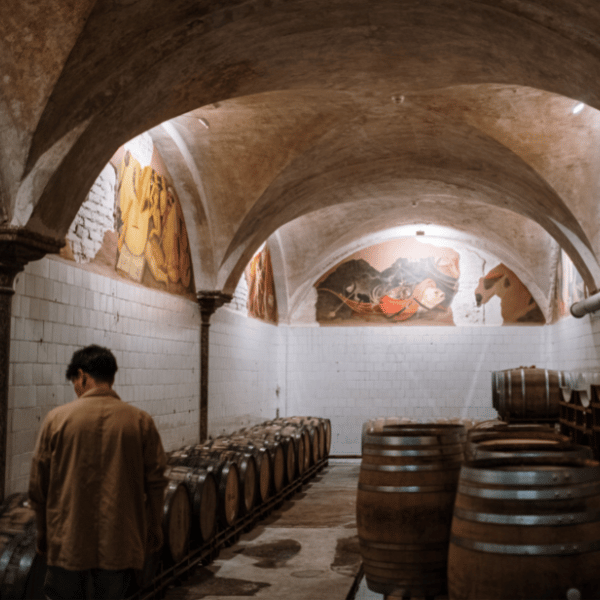
Liqueurs are thought to have originated from herbal medicines. Recipes for liqueurs have been found in Egyptian tombs and on Greek scrolls. They were popularised by monks as early as the 13th century, and the recipes were often a closely guarded secret.
In fact, the recipe for Chartreuse is still a secret today. The French herbal liqueur available in green and yellow versions has a different taste and alcoholic content. The recipe, set out in a manuscript back in 1605, is said to contain over 130 herbs, plants and flowers.
When it comes time to make the liqueur, different monks are assigned a portion of the ingredient list to go shopping for. It is also rumoured that some false ingredients are included to throw would-be copycats off the scent.
Just how old are liqueurs?
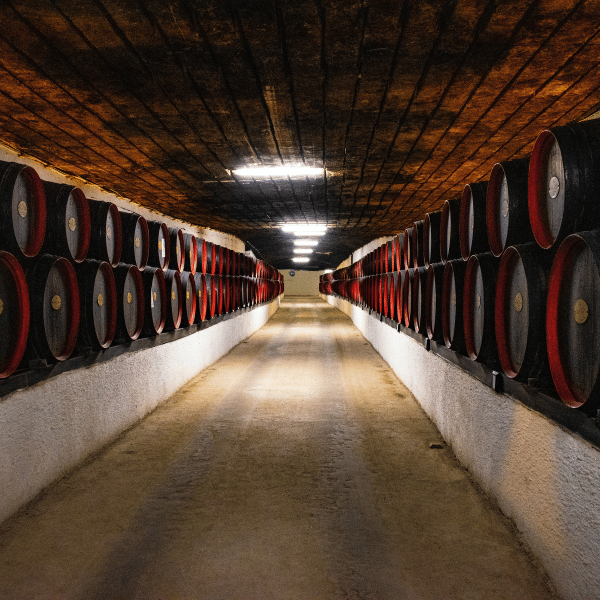
Recent chemical analysis confirmed that the earliest alcoholic beverage in the world consisted of rice, honey, and fruits – all fermented. The residue of the beverage dated back to 7000-6600 BCE and was recovered from pottery found in an ancient neolithic village in the Yellow River Valley in China.
Given the nature of the ingredients detected, it’s not unreasonable to consider this finding a liqueur by today’s definition.
Did you know; that the word liqueur is derived from the Latin; liquifacere meaning “to dissolve”?
What is the purpose of liqueur?
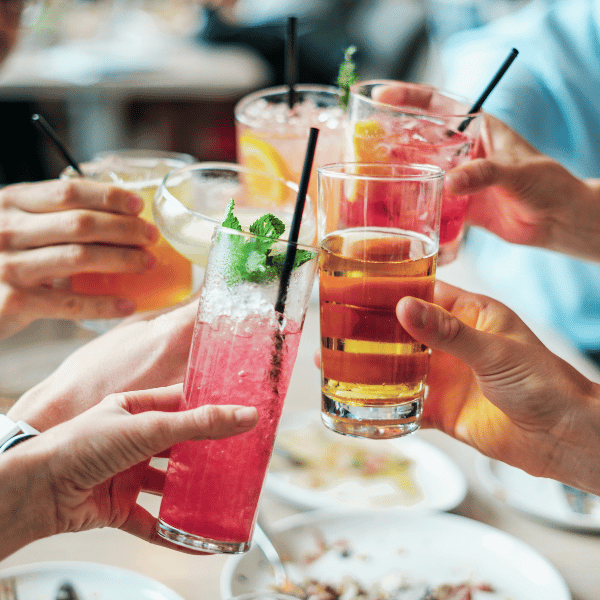
A liqueur such as Bailey’s for example is often enjoyed neat or on the rocks. Many liqueurs however form the basis of various cocktails. Due to the blend of ingredients, they add a lot of flavour. Liqueurs are often used as the modifier or perfume of a cocktail.
Some liqueurs are said to aid digestion (a digestif) and are popular after-dinner drinks. They are often served at room temperature in a snifter or small cordial glass to enjoy the aromatics.
Liqueurs have a fascinating history and have origins in many different cultures throughout the world. They’re still a popular choice, owing to their versatility and wide range of flavours.
